
The budget bill threatens to fire 42,000 workers from a single state, but the domino effect extends well past plain numbers. Layoffs go hand in hand with rising raid activity at workplaces by ICE and create an environment of deep apprehension among laborers in this category, many of whom are critical to agricultural, construction, and hospitality services.
It has a far-reaching effect on labor availability: workers stay home for fear of being apprehended, firms cannot fill jobs, and communities in a region stagger. Job cuts disrupt immigrant-based communities, impacting supply chains and consumer markets, including fashion retail.
ICE Raids and The Fashion Supply Chain
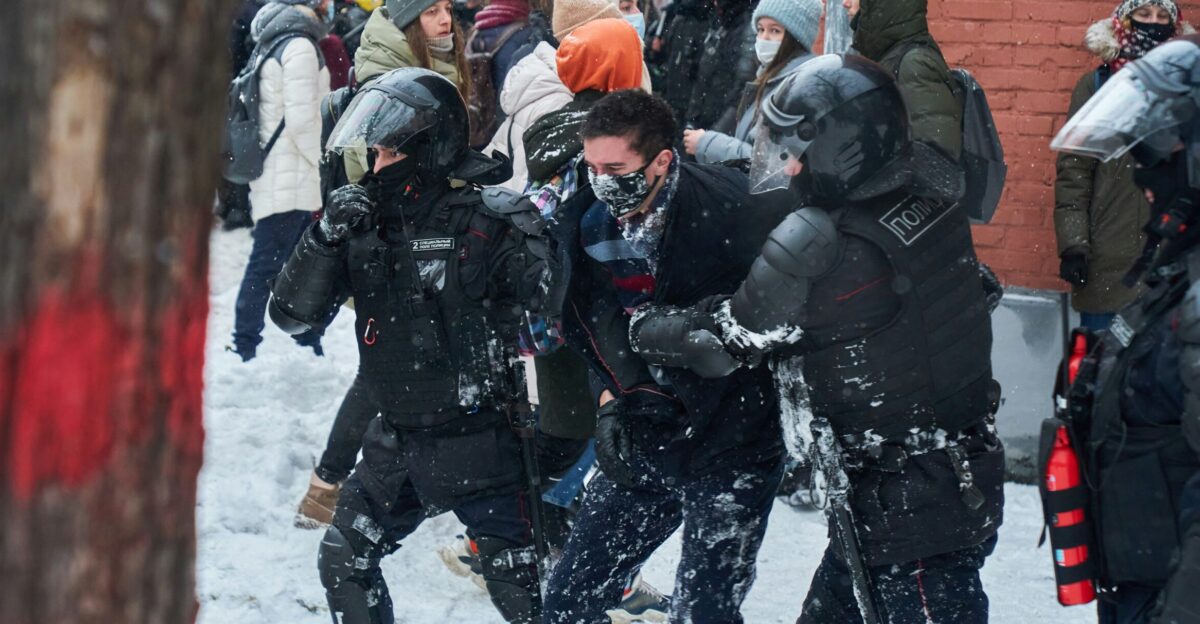
Fashion retailers rely heavily on immigrant workers in production, distribution, and retailing. ICE raids disturb these key nodes, generating delays and shortages as workers fear deportation, manufacturing stops, shipment delays, and empty store shelves.
It impacts consumers directly as they may have fewer choices and spend more. The chilling effect on workers in the raids parallels that in agriculture and hotels, two industries where illegal workers can represent as much as 20% of employees.
The immigrant dependency of the fashion industry is less conspicuous but similarly critical, which makes such raids inherently dangerous to markets as consumers.
Fear As A Strategic Disruptor In The Labor Market
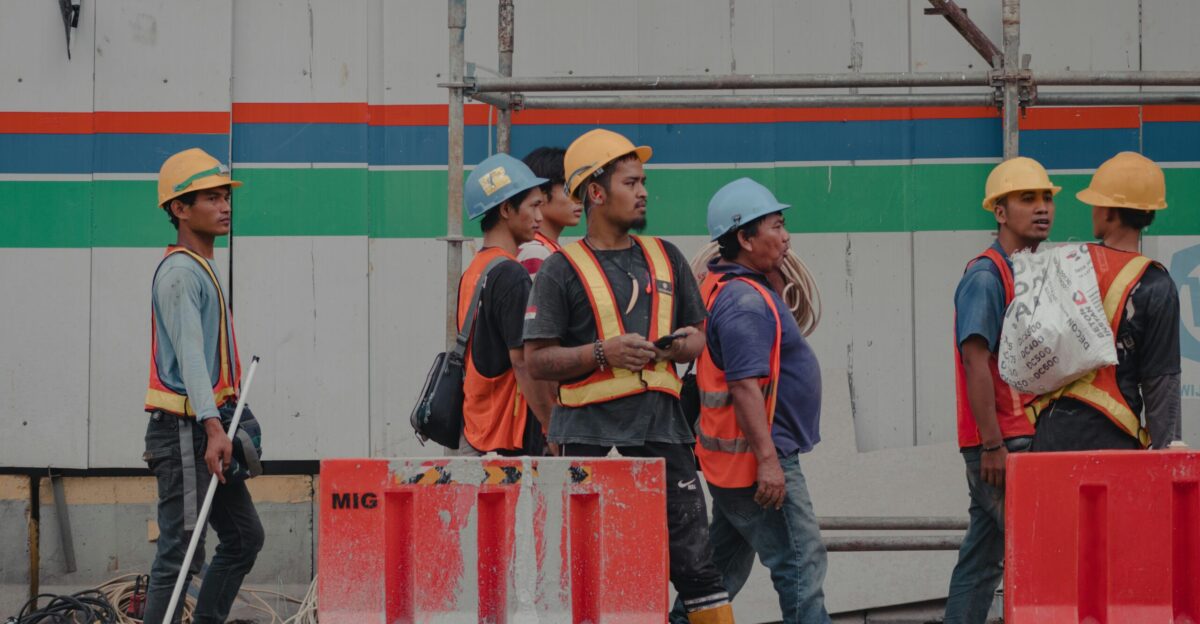
The psychological impact of ICE enforcement goes beyond physical incarceration. Fear is a powerful disincentive, reducing work participation even by documented workers afraid of misidentification or raids in the workplace. It is a labor shortage that increases costs and reduces productivity.
Companies face uncertainty and are unable to plan or conduct business stably. This lack, generated by fear, is a second-order effect that combines with direct layoffs from the budget bill to increase economic disruption in affected states and industries.
Could Raids Stimulate Automation and Innovation?
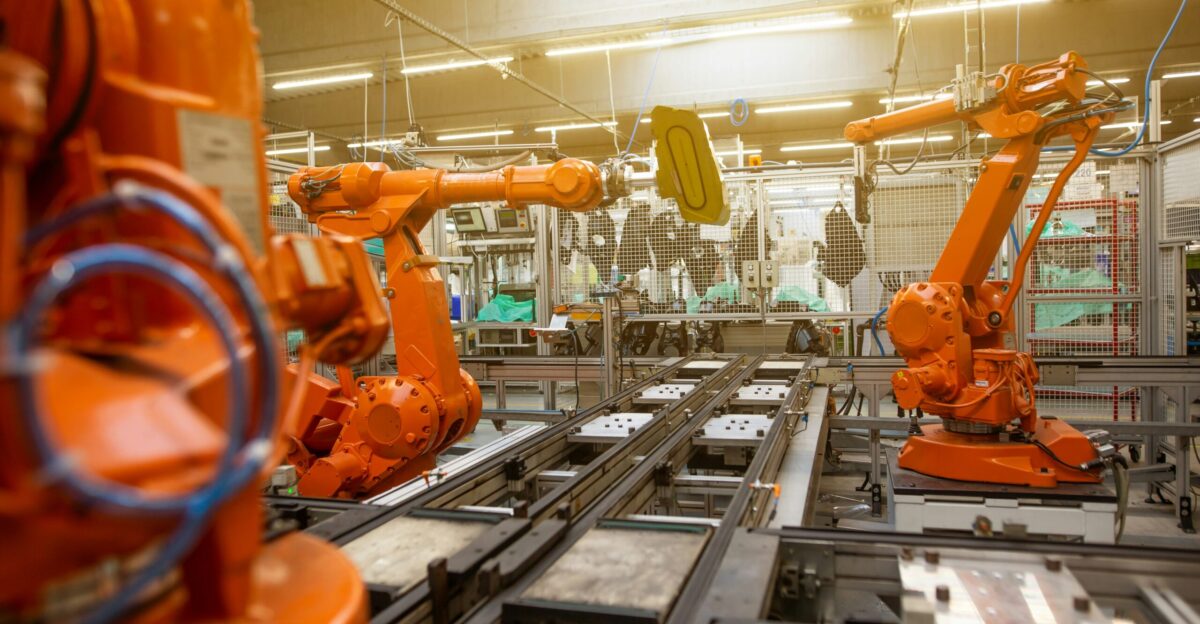
While the immediate impact is negative, some argue that raids and layoffs can lead to labor shortages that induce automation and innovation in industries like fashion and farming. Companies might invest more heavily in robots, AI, and supply chains to reduce their exposure to vulnerable human workers.
Displacing unskilled workers could increase efficiency and economic inequality. Therefore, the sweeps can quicken structural changes in the labor market with widespread social ramifications.
Historical Lessons From Previous Crackdowns
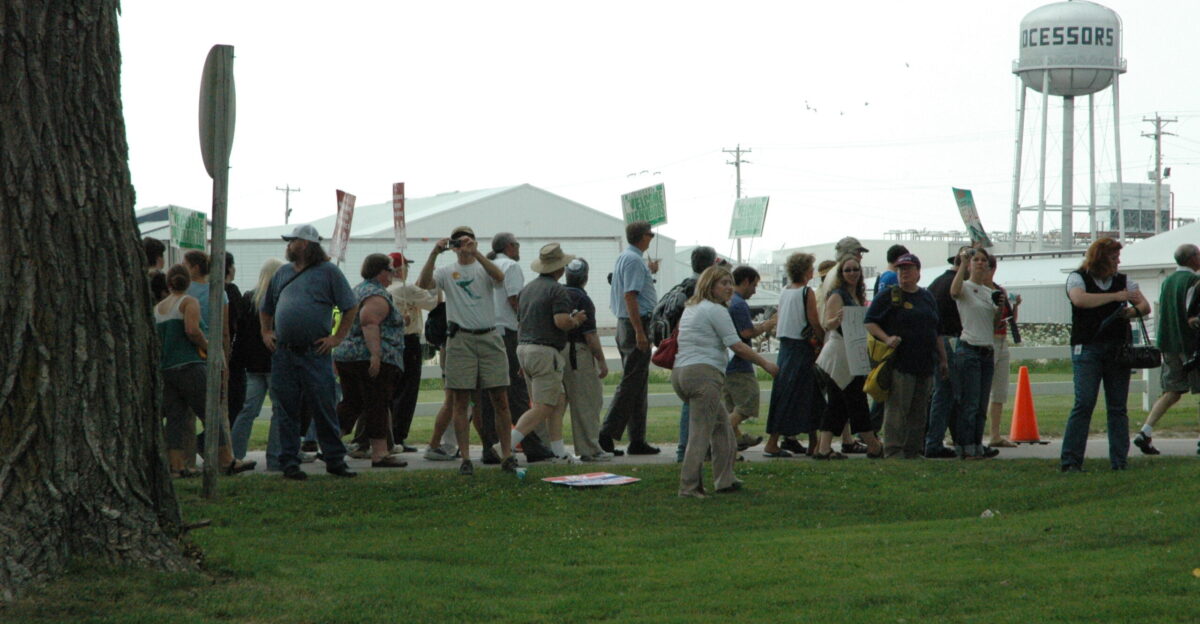
History has also shown that tighter immigration enforcement is economically self-defeating. During the 2019 Mississippi chicken plant raids, authorities arrested hundreds, and production dropped to 30% capacity.
Firms struggled to replace skilled immigrant workers, leading to lost business and higher costs. Earlier crackdowns have also rocked local economies based on immigrant labor, showing that enforcement without complete labor policy reforms can rock core industries and communities.
The Tension Between Enforcement and Economic Expansion

The Trump administration’s drive for aggressive deportation contradicts economic forces. Immigrants constitute 4 to 5 percent of the U.S. workforce and are 15 to 20 percent of the workforce in essential industries.
Mass relocation of all immigrants would drag growth, lowering prices while squeezing tax revenues. Business leaders, some of whom have advocated for a tighter immigration enforcement system, argue that raids wreak havoc on supply chains and labor markets.
This paradox speaks to the importance of sensible policies that curb border insecurity without breaking the economy.
The Hidden Struggles Of Small Businesses

Small businesses, particularly in immigrant-heavy regions like Los Angeles, bear the brunt of this influence. Most of them rely on immigrant business people and workers, and almost half of the local entrepreneurs are foreign-born.
Raids create a chilling atmosphere, reducing customer traffic and labor pool availability. The cost can be even more devastating than the COVID-19 pandemic to specific industries, threatening the viability of community institutions and cultural hubs. The fiscal squeeze also gives rise to social unrest and political polarization.
The Dilemma Faced By Fashion Shoppers In The Crossfire

For shoppers, the effects of ICE raids and layoffs are tangible but not sufficiently known. Supply chain disruptions mean lower new product introductions, delayed product introductions, and higher prices.
Companies could need to charge buyers more for higher labor expenses or shortage premiums. In addition, the social cost, dislocated workers, and shattered communities raise ethical questions about the actual cost of fast fashion. They present buyers with a trade-off: convenience, low prices, or the human cost of what they buy.
A Framework For The ICE-Budget Impact Nexus
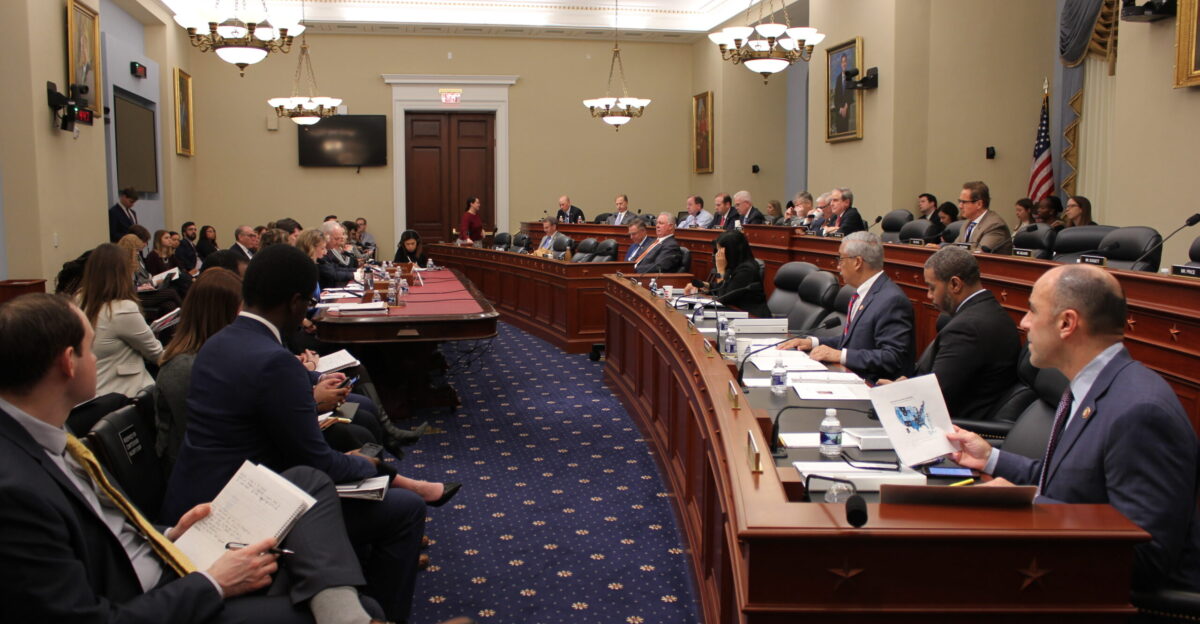
The adjacent layer concerns absenteeism generated directly out of heightened fear from ICE activity. Another one is direct layoff activities, which reduce the number of people. On the third level comes economic uncertainty, discouraging business investment and consumer spending.
They are interdependent in a feedback construction that fuses the financial distress. Through this frame, one may examine how a given state’s budget cuts go further into federal immigration enforcement and downward into a general economic and social dislocation extending to industries and consumers far away from the immediate layoffs.
A Balanced Way Forward

The timing of a massive budget-driven layoff and heightened ICE raids is the ideal storm that puts local economies, labor markets, consumer experiences, and fashion retail at risk. They also need to understand that enforcement without an economic strategy increases uncertainty.
A sounder course woulinvolve protecting immigrant workers’ rights, ramping up workforce development, and developing an immigration policy that aligns with financial realitiess. Without it, we’ll pay the ongoing cost of fear, economic stagnation, and fractured communities, with hidden costs paid by customers and workers.
